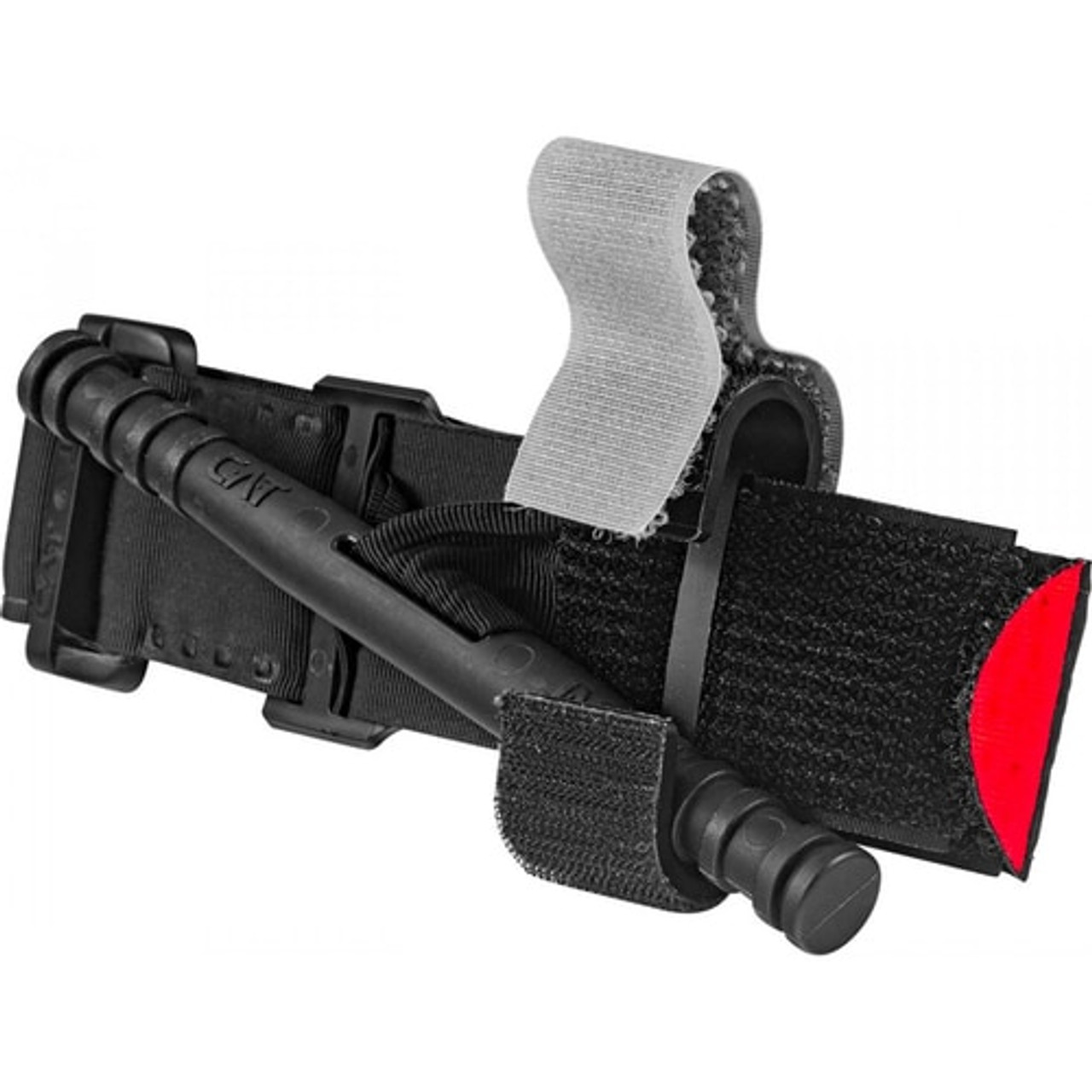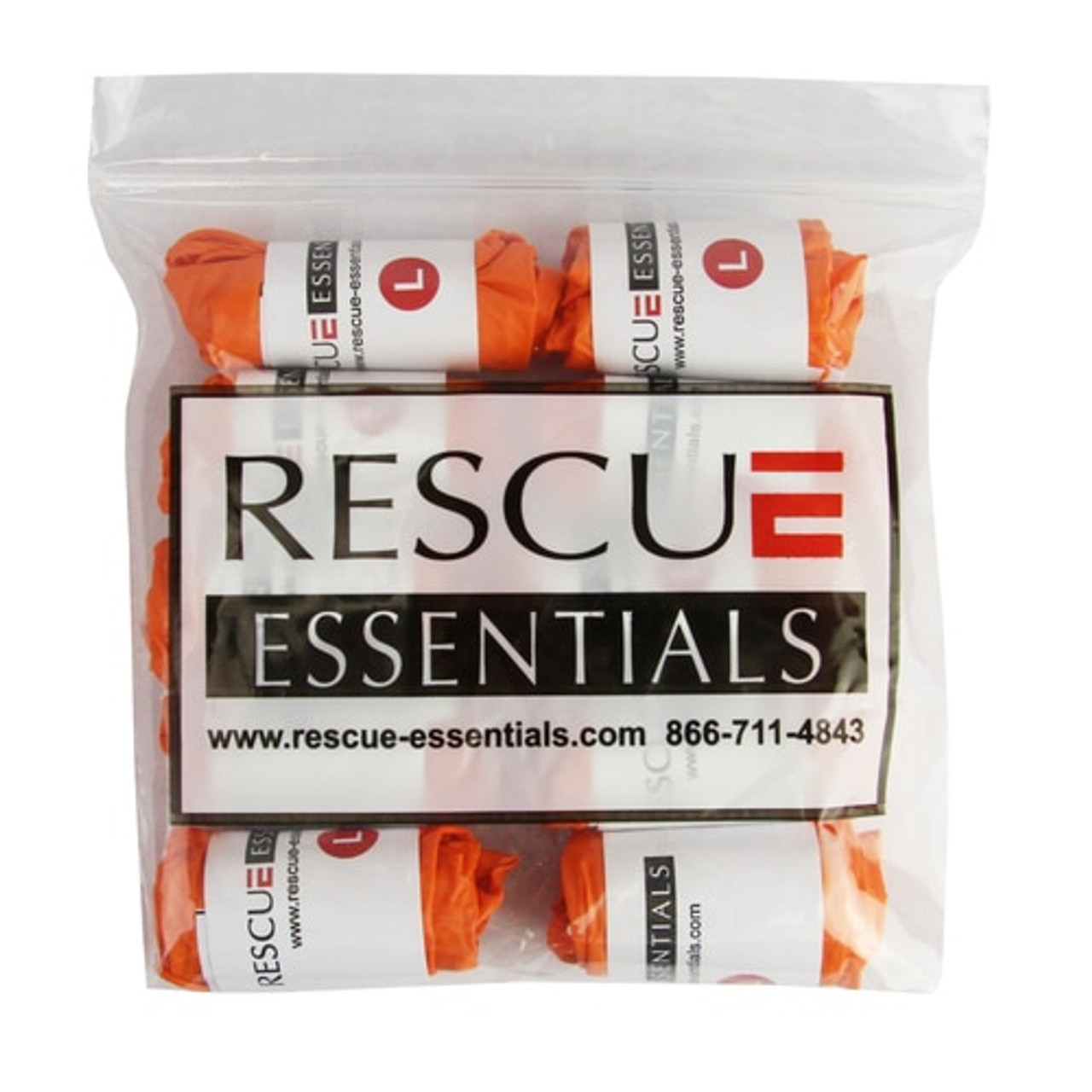
With increasingly complex threats, such as active shooters, more schools and campus safety officers are acting on recommendations from the Department of Homeland Security and The Hartford Consensus as part of their emergency plans. Those guidelines as well as the Stop the Bleed initiative are intended to and empower and educate immediate responders to use accessible medical equipment to help minimize preventable deaths from hemorrhage.
The primary goal of the immediate responder is to stop severe bleeding by any means available, beginning with direct pressure and including the use of tourniquets when needed. It is important to plan for the possibility that the first emergency treatment will be provided by on-site responders, rather than trained professionals. Acquiring and storing emergency medical equipment on campus in easily accessible locations can improve the survival outcomes in severe hemorrhage situations.
Individual Kits and Bleeding Control (BCON) Stations
Individual kits, sometimes called IFAKs (individual first aid kit) are equipped with supplies to treat a single person suffering from severe bleeding. Bleeding control stations are intended to be placed in publicly accessed areas where multiple injured persons are more likely to be located and contain equipment to treat multiple casualties.
How to Choose the Product Mix
Choosing an appropriate product mix depends on several factors. Where will the products be located - are they accessible and easily distributed to multiple locations, even in the event of a lockdown? What is the level of training required and the willingness to learn? There is no hard and fast rule on the ratio of equipment to have on hand, but with consideration to the budget, anything is much better than nothing. All bleeding control kits should include some form of the following products.
Tourniquets
Tourniquets are the single most critical piece of life-saving equipment in the event of penetrating trauma to an extremity, and probably the best investment in emergency medical gear for any trauma kit.
With a broad variety of design, selecting the best tourniquet for your needs can be confusing. Windlass style tourniquets such as the CAT (Combat Application Tourniquet) and the SOFTT-W are most popular in Military and Law Enforcement, while products such as the SWAT-T may be more intuitive and faster to apply for untrained bystanders. Functionally, they all work to stem arterial bleeding from an extremity. Whichever you choose, it is recommended you become familiar with the tourniquet, practicing on others and yourself, before you need it.
Effective wound packing involves forcing gauze dressing into the wound cavity and maintaining direct pressure until bleeding stops. There are two types of wound packing gauze dressing, referred to as conventional and hemostatic. Conventional gauze relies on physical pressure to constrict blood flow—the more gauze that is packed into the wound, the less room for blood to flow out.
Hemostatic gauze is impregnated with a hemostatic agent which accelerates clotting and can reduce the amount of time that direct pressure must be applied to an arterial bleed. Scientific data supports the effectiveness of hemostatic agents in controlling traumatic bleeding. The downside of hemostatic agents is the higher price and the expiration date (generally a five year shelf life).
These bandages are designed to be applied after the wound is packed with gauze. They work by further restricting blood flow from a penetrating wound by applying pressure over the injury and holding the wound packing gauze in place. The product choices range from an elastic bandage (think ACE Wrap) to more sophisticated designs with military origins.
In a school situation, rolled bandages such as the NAR Responder which has a hook and loop closure, or the NAR Control Wrap which has a special feature to prevent the bandage from accidentally unrolling during application are intuitive and proven.
Other designs, like the Olaes Bandage incorporate wound-packing material (gauze) along with a bandage for the ability to apply direct pressure to a wound site and to cover/protect the wound. The popular sraeli Bandage consolidates multiple first-aid devices—primary dressing, pressure applicator, secondary dressing, and a foolproof closure apparatus to secure the bandage in place.
Shears may seem like a frivolous add-on, but in a high-stress emergency bleeding situation they are safer for the patient and much easier for the first responder to cut away clothing to obtain access to a wound.
Nitrile Gloves
If you are in a situation where a trauma kit is needed, you will either be treating a patient, yourself, or someone else could be using it to treat you. In any instance, the first responder should take precautions to limit exposure to bloodborne pathogens. For the modest cost, several pairs of nitrile gloves are an excellent investment.
Rescue Blanket
Keeping a casualty warm will help delay the onset of shock—a common result following severe trauma. Hypothermic patients have a lower survival rate than normothermic patients, so maintaining body temperature at the time of injury is crucial.
Casualty Extraction Litter
Getting the injured quickly and safely out of the hot (danger) zone and to a collection area is critical to improving medical outcomes. Lightweight, portable and inexpensive, disposable litters are usually constructed of nylon webbing backed with nylon or non-woven fabric. Patients can be carried by fewer people using these stretchers, which is safer for the patient and the responders.
Campus layout is the primary consideration to determine if placement should be in a centralized location or satellite locations around the campus, such as in classrooms. During an incident, the school will likely be in lockdown mode, making centrally located kits inaccessible to most of the school.
All the medical components discussed above are available in wall mounted public access bleeding control kits, multi-user bags, as well as individual first aid kits (IFAKs). Some of the smaller kits are designed to fit into an AED defibrillator wall-mounted box, while others are sized to fit in a teacher's desk in the classroom.
Empowering with Equipment and Training
We recommend training for staff, and ideally students, on proper use and application for these tools. Most of these products come with instructions and are not difficult to use but being familiar and trained to respond ahead of time is imperative. When stress levels are heightened, and time is of the essence, muscle-memory can empower the immediate responder to initiate action quickly and effectively.

910-830-0286
info@rescue-essentials.com
"This is my go-to place for all my tactical medical equipment and gear. Great site and great customer service"
— Facebook Customer Review












